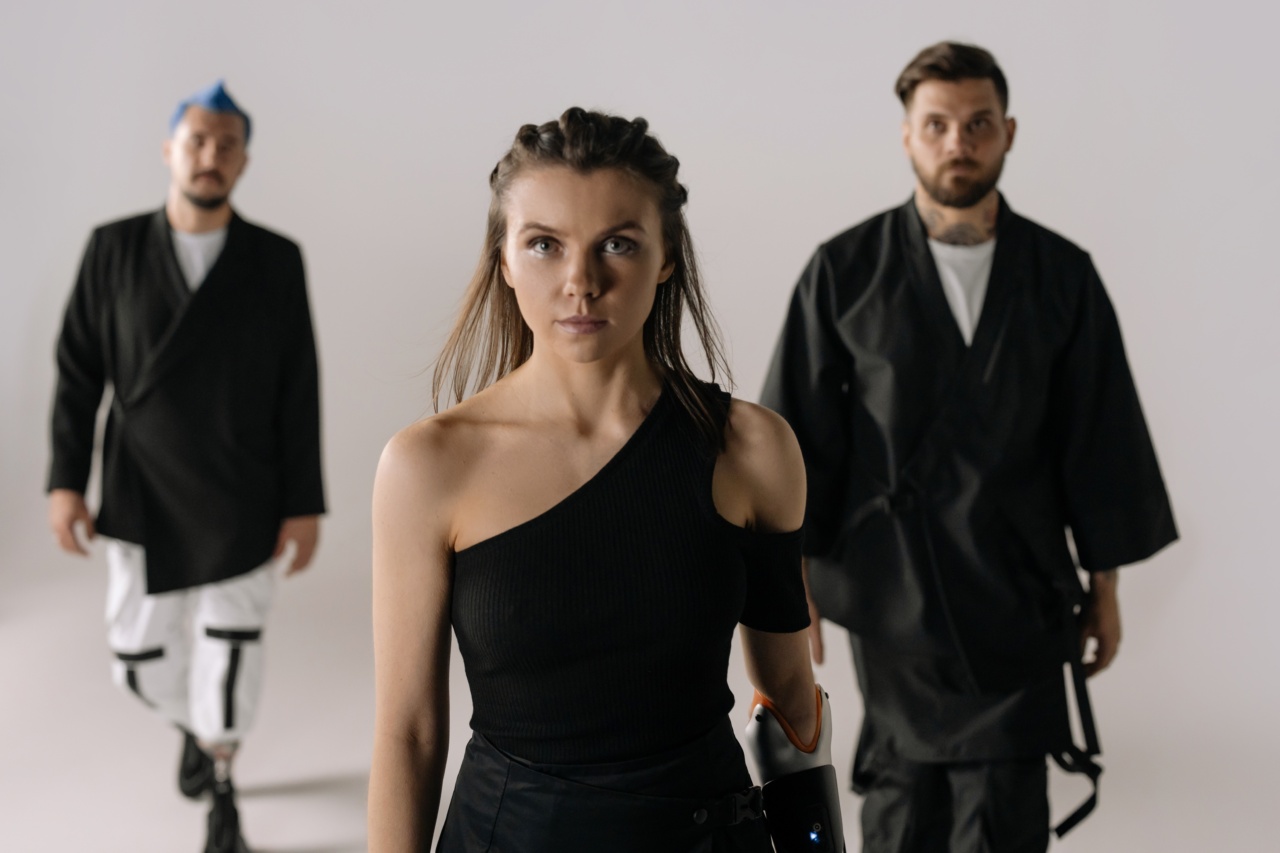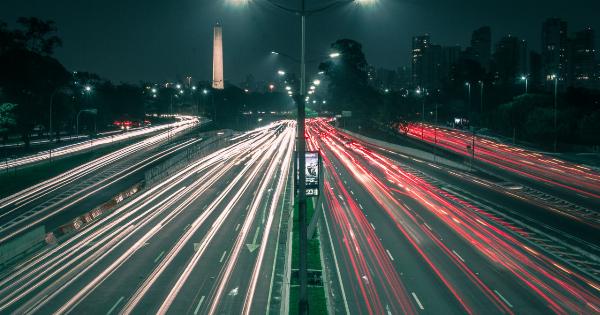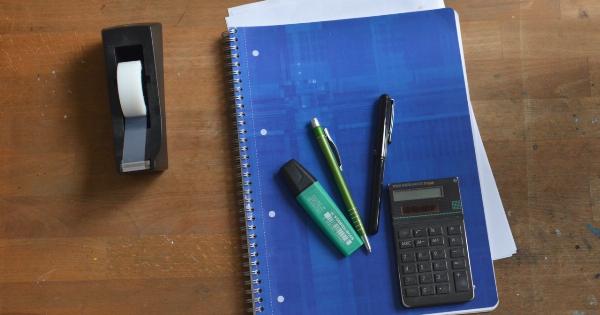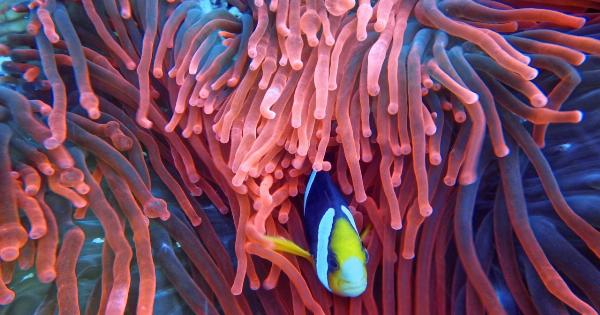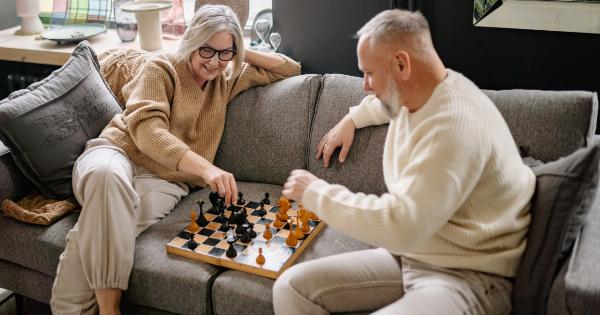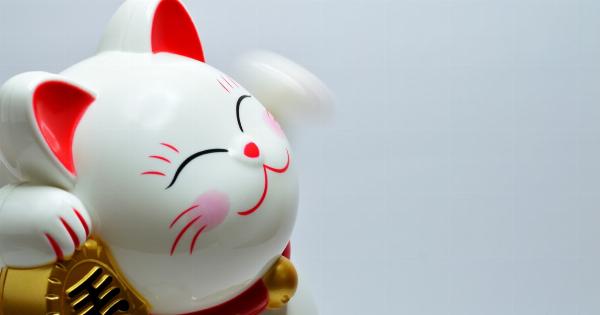Stroke is a condition that can happen to anyone, regardless of age, gender, or lifestyle. It occurs when the blood supply to the brain is interrupted, resulting in damage to brain cells.
One of the most common side effects of stroke is paralysis, which can affect one or both sides of the body, including the upper limbs.
Paralysis after stroke can significantly impact a person’s quality of life by making it difficult to perform daily tasks, such as dressing, grooming, and eating.
However, with the right treatment and rehabilitation, it is possible to overcome paralysis and improve upper limb mobility.
Understanding Upper Limb Paralysis After Stroke
Upper limb paralysis after stroke affects the arm, hand, and fingers on one side of the body. The severity of the paralysis can vary, ranging from partial to complete loss of movement.
The paralysis typically occurs on the opposite side of the body from where the stroke occurred in the brain.
The level of paralysis may depend on the location and severity of the stroke and can affect one or both upper limbs. Some people may only experience weakness or a lack of coordination, while others may experience a total loss of movement.
Upper limb paralysis can make it challenging to carry out simple tasks such as brushing teeth, washing hands, and holding a cup of coffee. It can also affect a person’s ability to participate in daily activities and social interactions.
This can result in a feeling of reduced quality of life and increased dependency on others.
The Rehabilitation Process
Rehabilitation is a critical aspect of stroke recovery, and it’s essential to start as soon as possible.
The rehabilitation process typically involves a team of healthcare professionals, including physiotherapists, occupational therapists, and speech and language therapists.
The rehabilitation process will begin with a comprehensive assessment of the patient’s physical and cognitive abilities.
This will help the healthcare team to develop an individualized rehabilitation plan that is tailored to meet the patient’s unique needs.
The rehabilitation plan may include a range of therapeutic interventions, such as:.
1. Exercise Therapy
Exercise therapy involves exercises designed to improve movement and strength in the affected limbs. The exercises will focus on building strength, flexibility, and coordination, and may include passive, active, or resistive exercises.
2. Electrical Stimulation
Electrical stimulation involves using a low-level electrical current to stimulate the muscles. This can help to improve circulation and reduce muscle spasms, making it easier to move the affected limbs.
3. Constraint-Induced Movement Therapy
Constraint-induced movement therapy is a type of therapy that involves restricting the movement of the unaffected limb to force the patient to use the affected limb. This can help to improve strength and dexterity in the affected limb.
4. Virtual Reality Therapy
Virtual reality therapy involves using computer-based technology to create a simulated environment.
This can provide patients with a safe and controlled environment to practice movements and tasks, such as reaching for objects or moving the affected limb.
5. Mirror Therapy
Mirror therapy involves using a mirror to create the illusion of movement in the affected limb. This can help to reduce the feeling of phantom pain and promote the recovery of motor function in the limb.
6. Biofeedback
Biofeedback involves using sensors to monitor muscle activity and provide feedback to the patient. This can help the patient to learn how to control and improve their muscle activity, promoting the recovery of motor function.
Lifestyle Changes to Improve Recovery
In addition to rehabilitation therapies, making lifestyle changes can also help to improve recovery after stroke. Here are some changes that can help:.
1. Healthy Diet
A healthy diet is essential for the recovery process. Eating a diet rich in fruits, vegetables, whole grains, and lean proteins can help to promote healing and reduce the risk of further strokes.
2. Regular Exercise
Regular exercise can help to improve circulation, muscle strength, and balance. This can help to reduce the risk of further strokes and promote recovery after stroke.
3. Stress Management
Stress can have a negative impact on stroke recovery. Managing stress through relaxation techniques, such as deep breathing, meditation, and yoga, can help to promote healing and reduce the risk of further strokes.
4. Social Support
Social support can provide emotional and practical support to stroke survivors, reducing the feelings of isolation and depression that often accompany stroke recovery.
Conclusion
Paralysis after stroke can be a challenging condition, but with the right treatment and rehabilitation, it is possible to overcome it.
Rehabilitation therapies, such as exercise therapy, electrical stimulation, and virtual reality therapy can help to improve upper limb mobility. Lifestyle changes, such as a healthy diet, regular exercise, and stress management, can also promote recovery after stroke.
